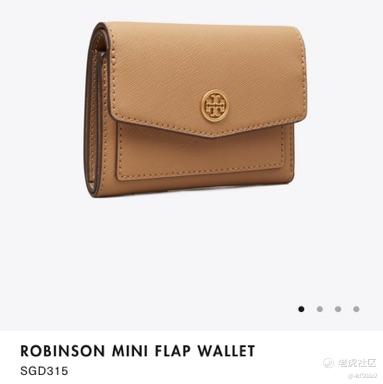
Alic3
暂无个人介绍
IP属地:未知
2关注
3粉丝
0主题
0勋章
Wwwww
Like
Shoppers Are Heading to Malls Again. These Stocks Are Good Bets.
Like
New Oriental to Cease Tutoring Services Through K-9 by Year-End
Like
抱歉,原内容已删除
Like
Meta Platforms Closes The Week Strong: Are Option Traders Targeting All-Time Highs?
Like
Apple: The Bear Argument, And Why It's Wrong
Like
Musk Sells More Tesla Stock, Bringing Total to $5.7 Billion
Like
The Smartest Stocks to Buy With $20 Right Now
Like
Healthcare giant Johnson & Johnson to split into two companies
Like
GSK-Vir COVID-19 antibody works as shot in the arm as well as infusion
Please like
Hewlett Packard Enterprise slumps almost 7% as Goldman cuts to sell
去老虎APP查看更多动态